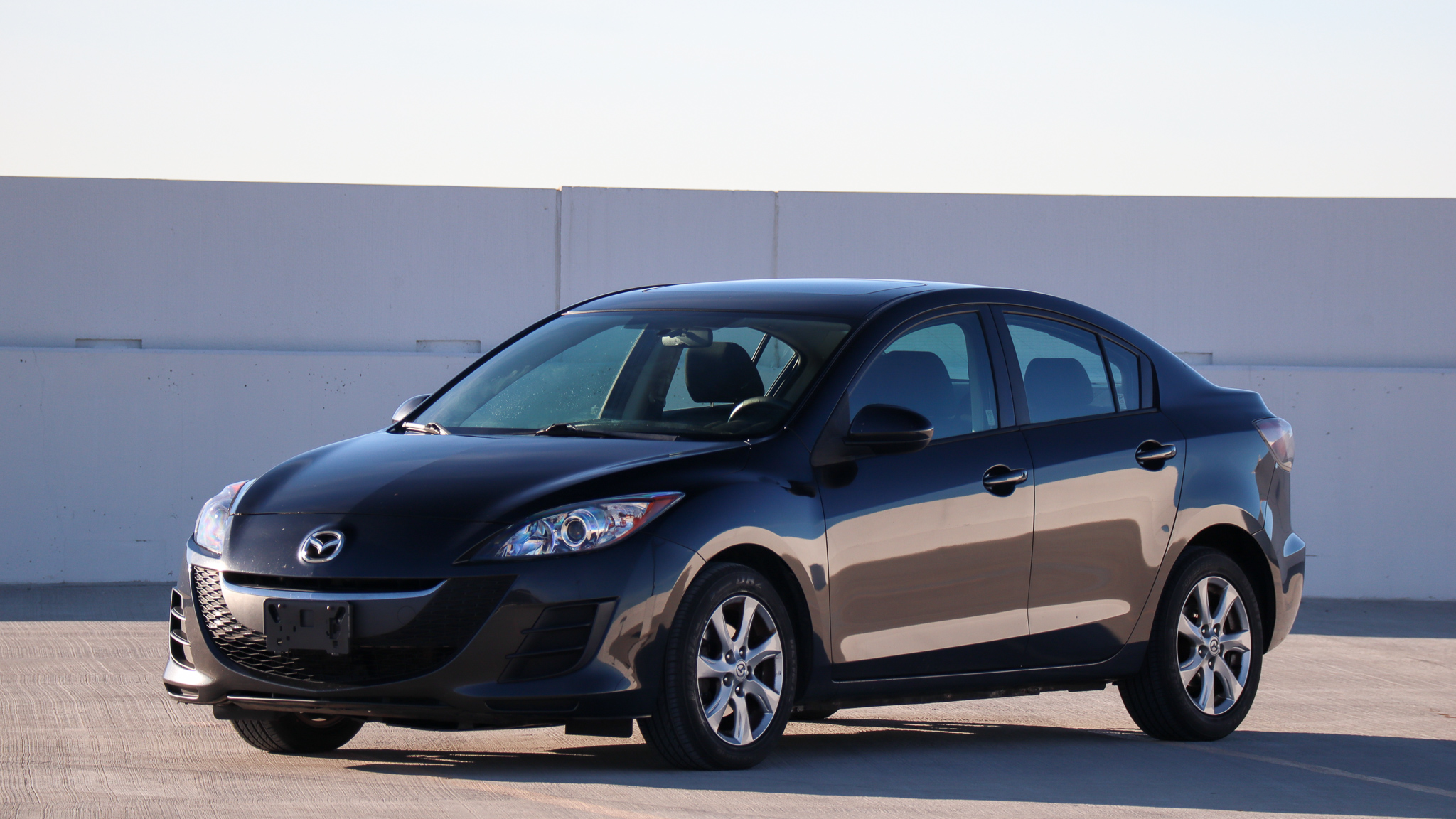

I’m back, baby. After a series of bad flips, I wondered if there was any point in flipping cars anymore. But I did some due diligence, led with my head instead of my heart, and with a little bit of luck, I’m back to the decent profit margins I used to make before I used to get paid to write this stuff. Happenstance dropped a broken 2010 Mazda 3 a few steps from my front door, but a little bit of elbow grease brought me a tidy profit.
The CarBibles.com crew will soon be part of The Drive. Stay tuned for more project cars, DIY tips, and useful automotive advice from these guys here soon.
This article is part of the Flippin’ Out series that started on Car Bibles. For background on this project, visit Part 1.
The Car
My other car-flipping friends make fun of me. “You drive too damn far to get the absolute worst shitboxes,” they tell me.
Is that fair? Probably. I mean, I had an early electric car with a 62-mile range towed 243 miles, only for it to promptly break after 68 miles of driving. I also flew out to Denver for a car that I didn’t even buy, and a different car I did buy, a Honda CR-Z, still doesn’t run after weeks of ownership. Imagine my surprise, then, when I found a listing for a not-that-old Mazda 3 that was located walking distance from my front door.
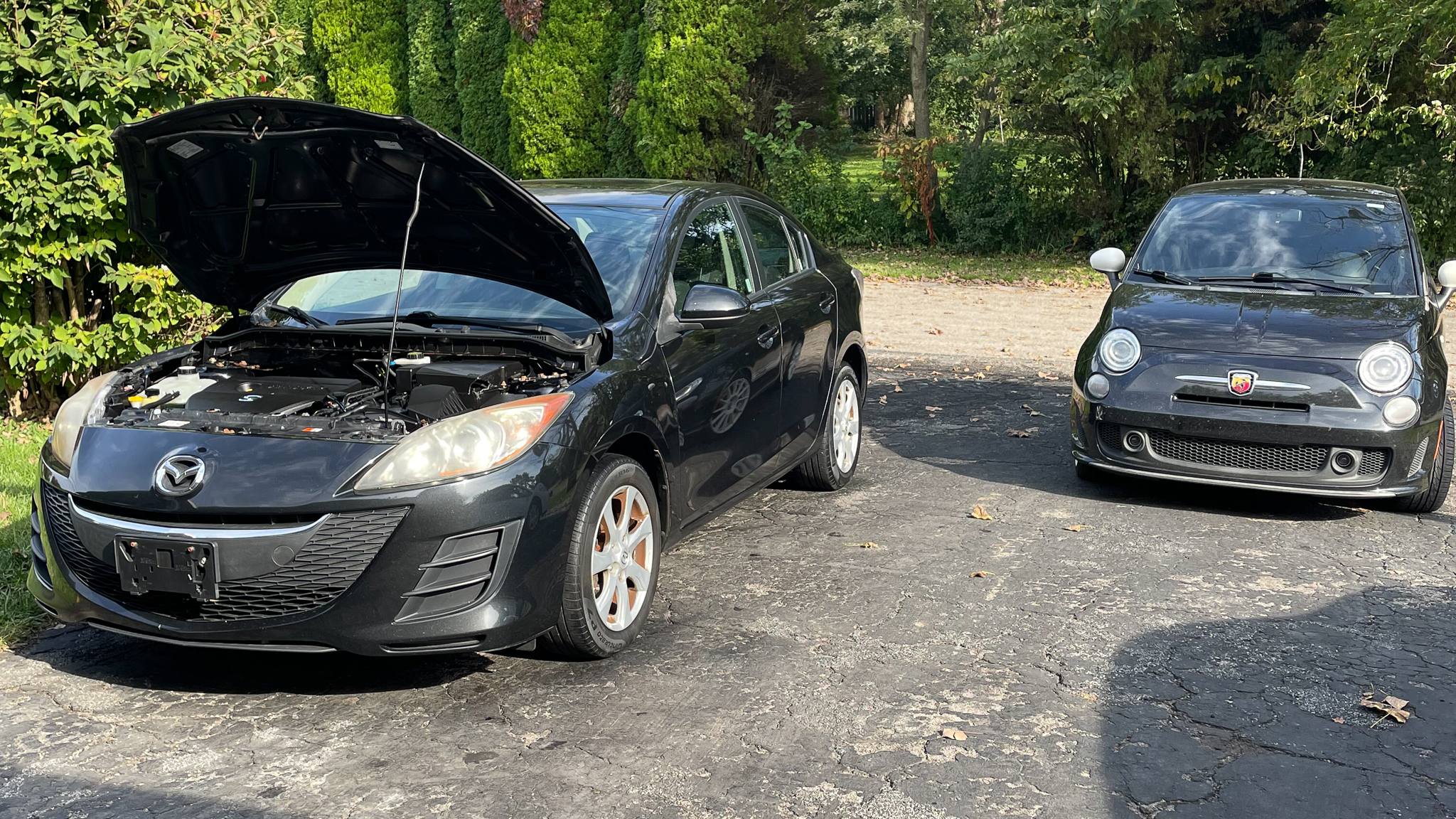
My Mazda opinions are fairly pessimistic. Many say the mid-2000s Mazda 3 and Mazda 6 were peak Mazda, as they were fun-to-drive, good-looking, well-made cars that worked their way into our hearts. I, however, think Mazdas of this era were plagued with quality issues, heinously poor corrosion protection, and a bit of an overblown reputation for being driver’s cars.
Also, the 2.3-liter MZR/Duratec engine is not good. They seem to have rod bearings made of chocolate and are impressively unkind to owners who might be a little bit slow on routine maintenance. If you’re the type of person to fall behind on changing your oil, a 2.3-liter MZR/Duratec will rudely remind you in the form of a spun bearing or snapped connecting rod. Most pertinently, these engines tend to be expensive, probably because so many cars need replacements and the selection of good condition ones is small.
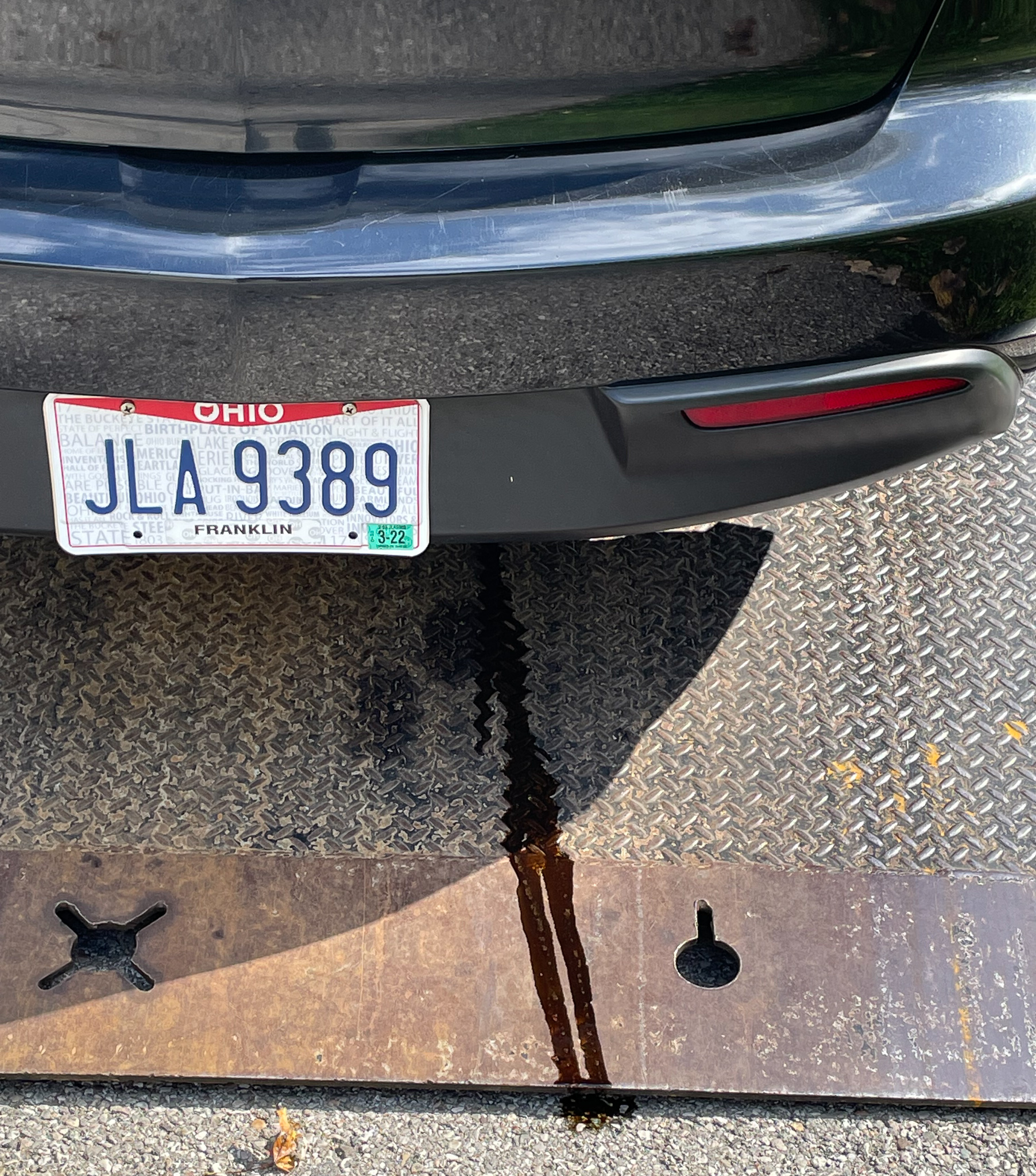
The last 2.3L MZR engine I replaced, I had to do it twice. The junkyard gave me a low-mile example that already had connecting rod and timing chain issues.
Yet, when Mazda updated the Mazda 3 in 2009 for its second act, it took those complaints to heart. The 2.3-liter MZR was dropped (not counting the Mazdaspeed 3) and replaced with the much better 2.5-liter MZR. The 2.0-liter remained roughly the same, but anecdotally, it never had the issues its bigger brother did.
This 2010 Mazda 3 i Premium was driven 155,000 miles before the car came to its untimely end on a Columbus freeway. The previous owner was driving when the car shut off and would not turn back on again.
While the owner figured out what to do with the car, the pandemic started and threw a wrench in any future plans. Then, the car was sold to a neighbor who promised to get the car running, only for the car to yet again fall by the wayside when the neighbor got busy with other family and car responsibilities. That neighbor sold the car to me for $1,400.
The Prognosis
Before the Mazda, I was tired of getting burned on cars. I wanted to slow down, take my time, and find ways to avoid getting riled up over the prospect of buying a new car, which is what happened with my previous Honda Civic and Ford Fiesta flips. I saw the low price tags and threw money at the sellers without doing any due diligence. Sometimes that’s fine, but I don’t want to make a habit of losing money with each flip.
Surprisingly, the car was in remarkably good shape. The dashboard was a disgusting sun-eroded mess, and the OEM headlights were full of water, but the rest of the car was free of dents or any paint blemishes. Unlike the Tiburon or my Abarth, there weren’t any strong smells in the interior. The suspension members looked good, all four brake discs and pads looked fairly new, and none of the front end or steering members had any play or degradation, at least from what I could see.
The previous owner had a hunch the engine was probably broken but didn’t do that much investigation into why the car wouldn’t start. I could tell by the starter’s inability to turn more than one rotation that the motor was probably seized. The puddle of oil underneath the car was also a huge clue.
Still, 2.0-liter MZR engines were cheap, much cheaper than the 2.3 and the 2.5. I knew I could have the car back on the road in no time flat.
That Was Easy
The Mazda 3 was reborn in record time, largely because the engine replacement was straightforward. It started, stopped, and drove with ease, despite a minor exhaust leak. The windshield wipers had disintegrated from age, and the tires were flat-spotted beyond repair from sitting in a driveway for more than a year, but that was all minor stuff.
I can’t even say replacing the headlights was particularly hard. After dealing with a few screws and clips, I easily replaced the water-filled units with an aftermarket eBay set. After a detail, the car looked like a quality used car.
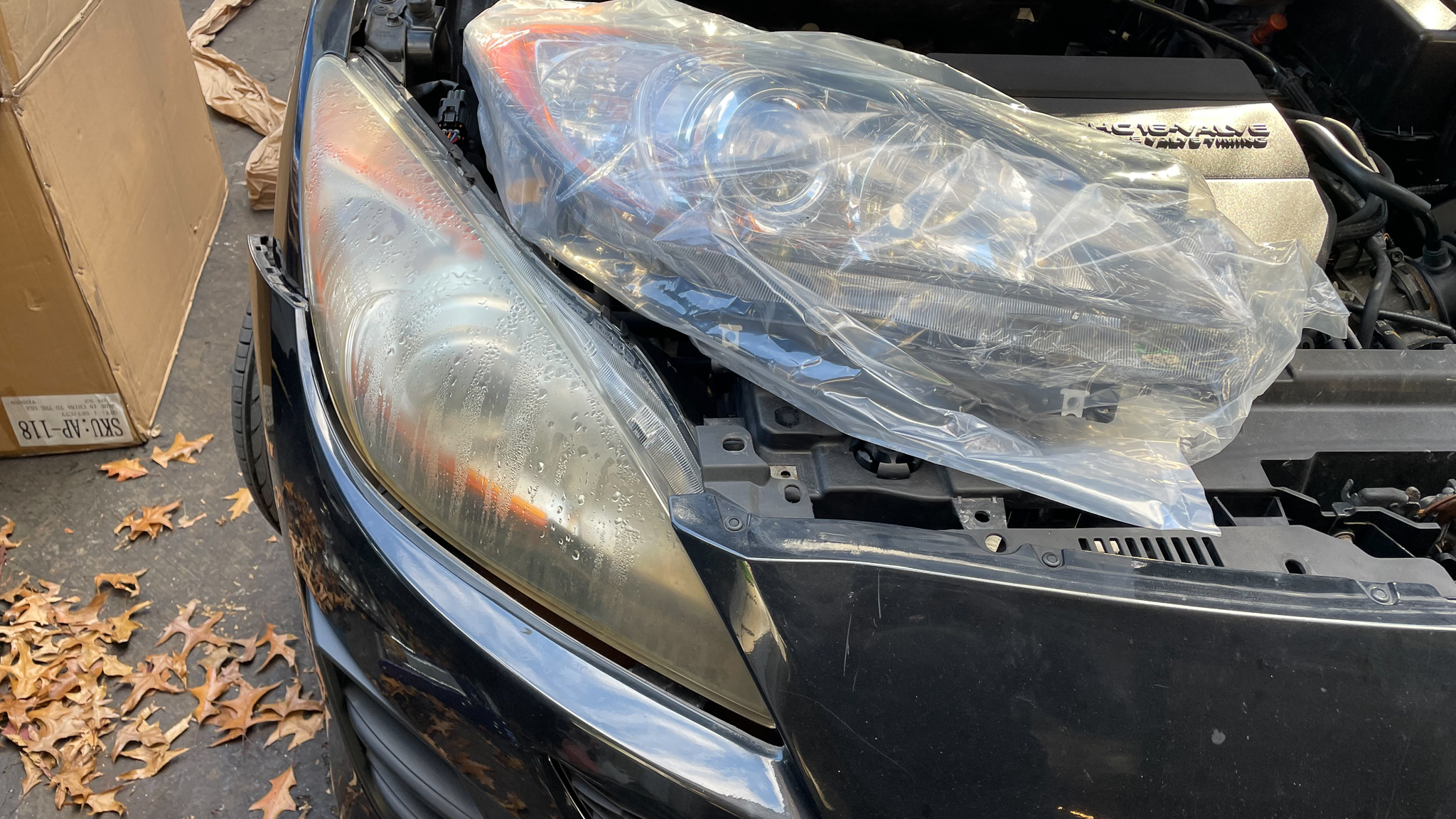
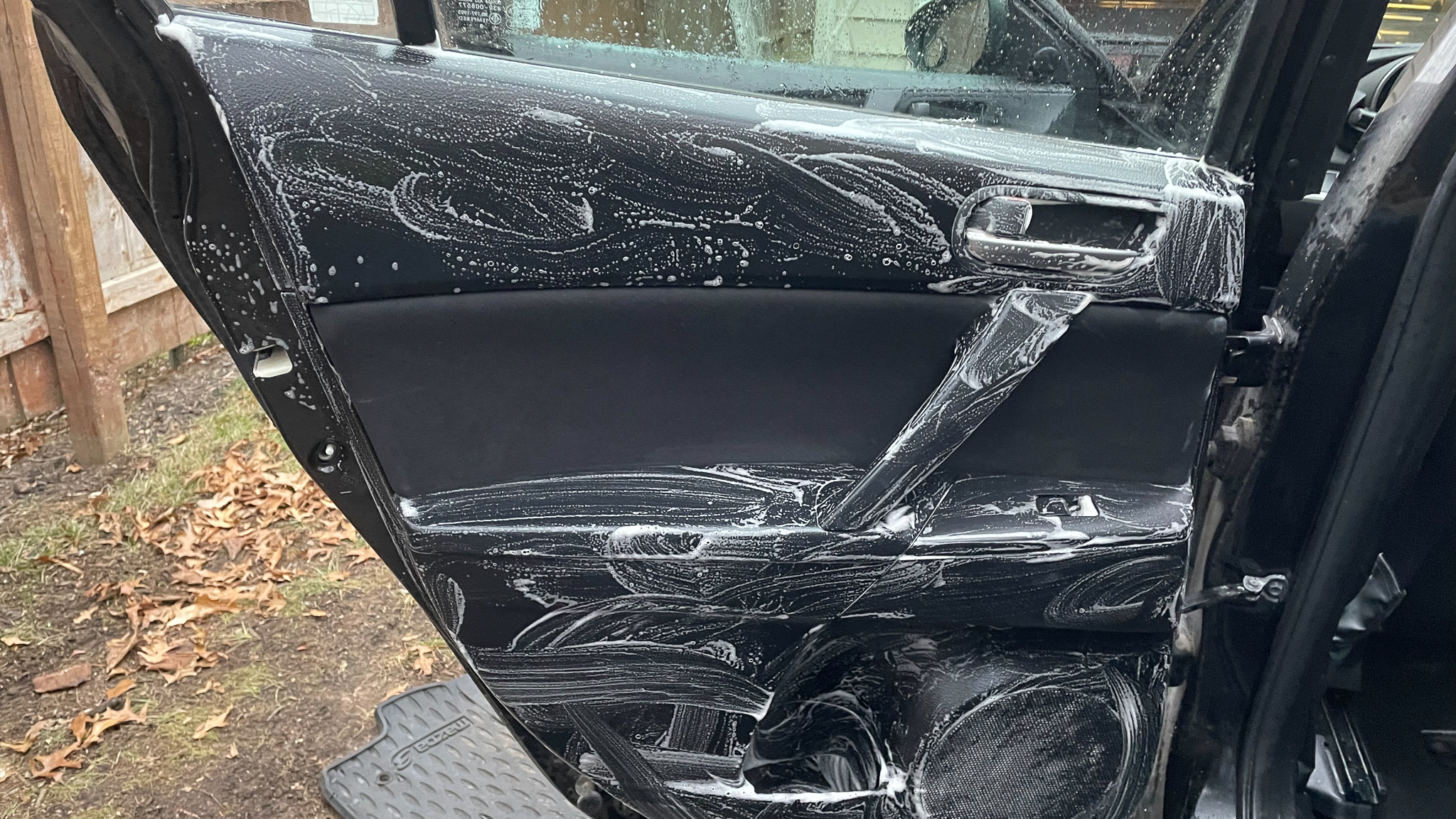
As I typically do, I drove the Mazda 3 around for a while to make sure the car was in solid mechanical shape before I posted it for sale. I drove it to Flint, Michigan, to retrieve the i-MiEV and averaged more than 30 mpg the entire trip. The heat was hot, the A/C was ice cold, and even the integrated Bluetooth streaming audio worked flawlessly. The only real remaining problem was the melting sticky dashboard.
No, Mazda Never Fixed the Dashboard
The melted dashboard should have been fixed under an extended warranty, but Mazda refused my plea because the car was just a few months past the covered period. I put on my best Karen Wig and complained to Mazda’s corporate customer service hotline, intending to get some sort of dashboard replacement, but alas, Mazda told me to suck on a lemon, and that, “no further action will be done at this time.”
But I had some knowledge on how to clean interiors, and I know a thing or two about plastics composition. I couldn’t get a new OEM dashboard, but I could make it look presentable. Eventually, I found Sticky Dash Fix. Based in Australia, this company claims to have a secret concoction that can neutralize dashboard plastic melting and make the whole sticky mess look as good as new.
It didn’t work.
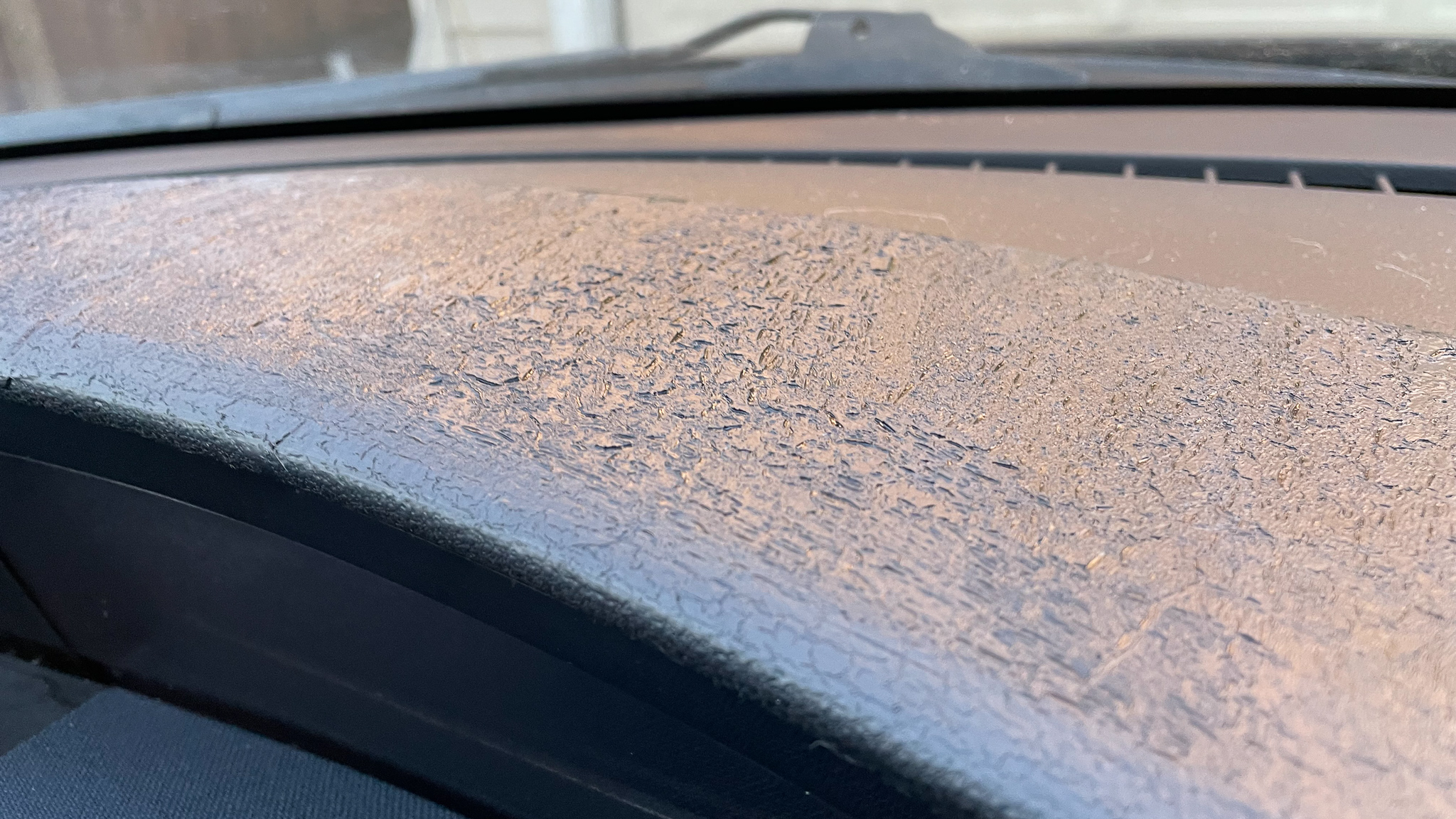
The supplied cleaner couldn’t remove the stickiness, and the color-matched paint couldn’t adhere to the plastic surface. The painted dashboard had a crackled, alligator-like appearance, arguably worse than the sticky, tacky mess that was originally there.
I had no options. A replacement dashboard would be expensive, hard to replace, and unlikely to show a return on my investment, but I wanted the car to look better than it did. The melted dashboard was the only impediment to a beautifully running and driving Mazda 3.
The dashboard plastic was tacky. The melted plastic would pile up and fall off like lint balls on a wool scarf that shouldn’t have gone through the dryer. The dashboard plastic was soft enough to write my name in it with a light press of my nail. I wondered if I could just scrape off the sticky plastic matter.
As it turned out, I could. The sticky dash fix didn’t look good, but the paint and cleaner did remove some of the overwhelming stickiness. The rest of the offending matter got scraped away with an Instacart credit card. The result wasn’t perfect but it was a lot better than what it was.
Final Breakdown
The Mazda was looking, smelling, and driving nice. I put 1,500 miles on it since I didn’t want to drive my Fiat in the ice, salt, and snow.
The price breakdown looks like this:
- Purchase Price, Tax, Title, Registration: $1625
- Engine: $450
- Labor, accessory belt, exhaust repair: $895
- Headlights (pair): $102
- Wipers: $18.40
- Tires: ~$300
- Mount and Balance: $102
- Alignment: $89
Total Invested: $3,581.40
The Mazda sold quickly and easily. After one week on the market, I sold it to the first guy who gave me $4,500. That’s not a bad price in this crazy market for solid, reliable transportation, even if it has an ugly dashboard.
Profit: $918.60
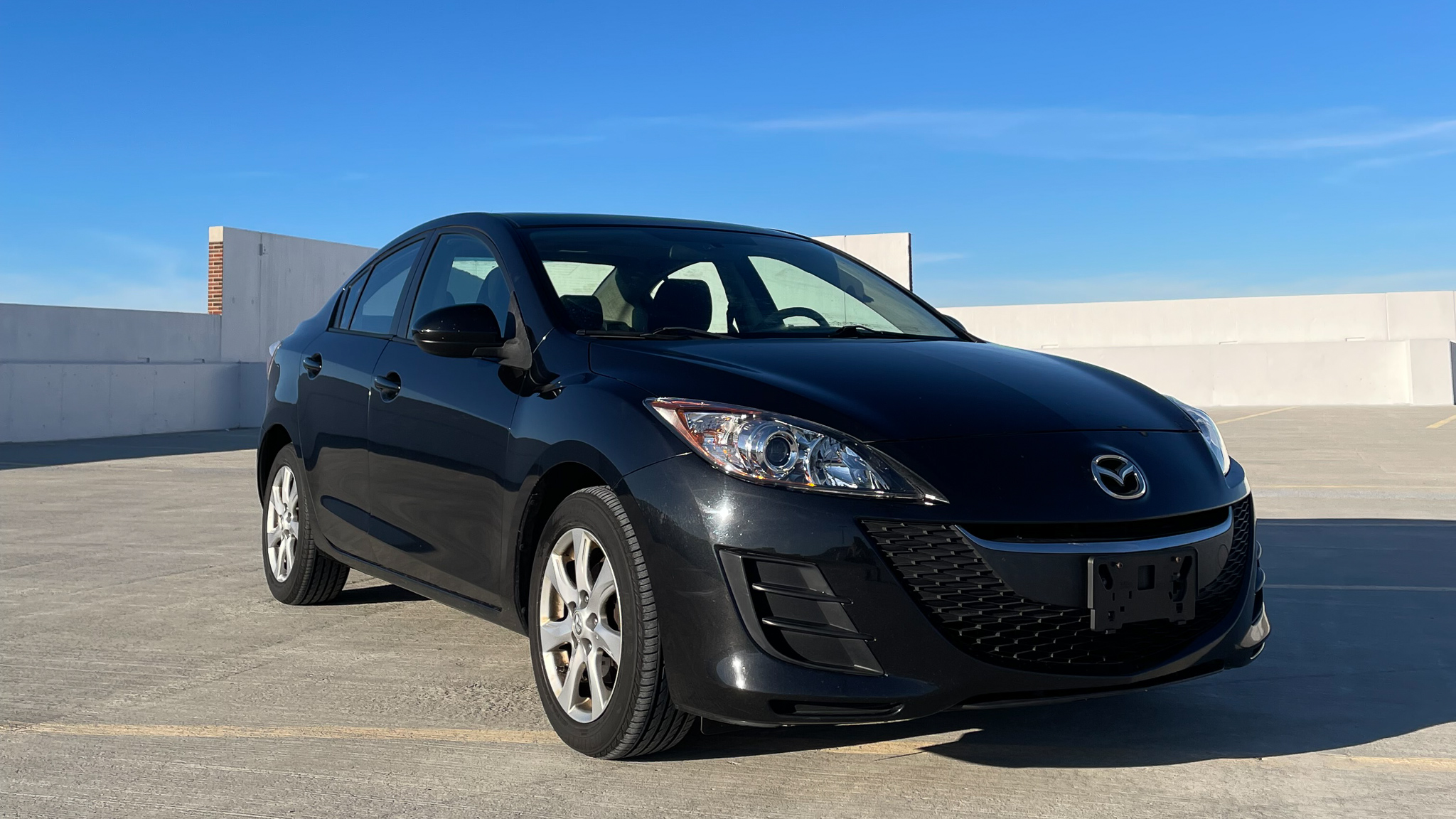
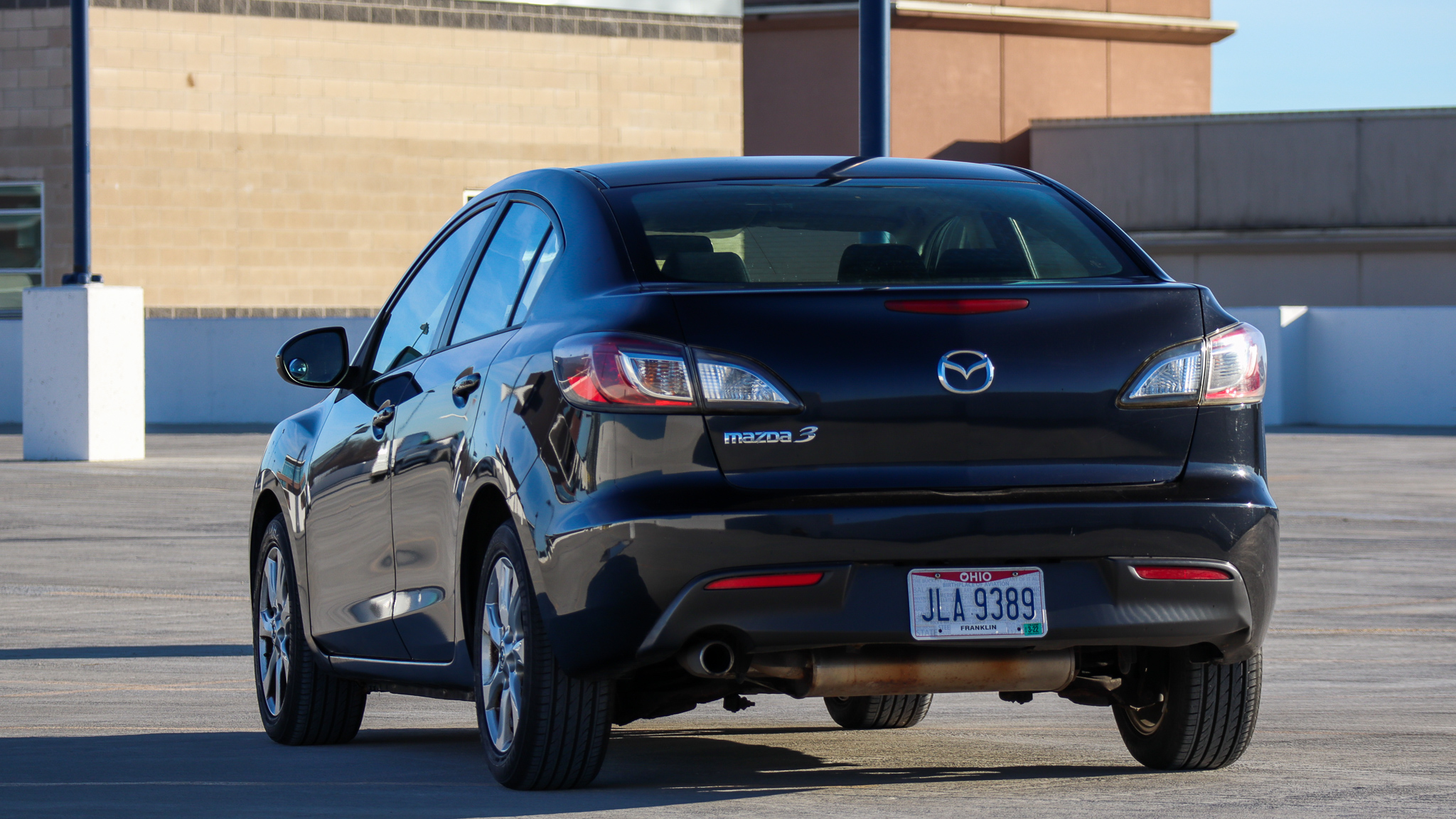
I’m back, y’all. I think. After my previous Flippin’ Out article, I wondered if my flipping was still long for this world, as the profit margins are slimmer, and the cars are in worse shape. Is that still true? Probably, but this Mazda’s successes tell me I could stand to be far more discerning with which cars I choose to invest in.
Or, I could say screw that and buy more bullshit cars to write about. Yeah, that sounds more fun. I’m gonna do that some more.
Contact the author: kevin.williams@recurrent.io